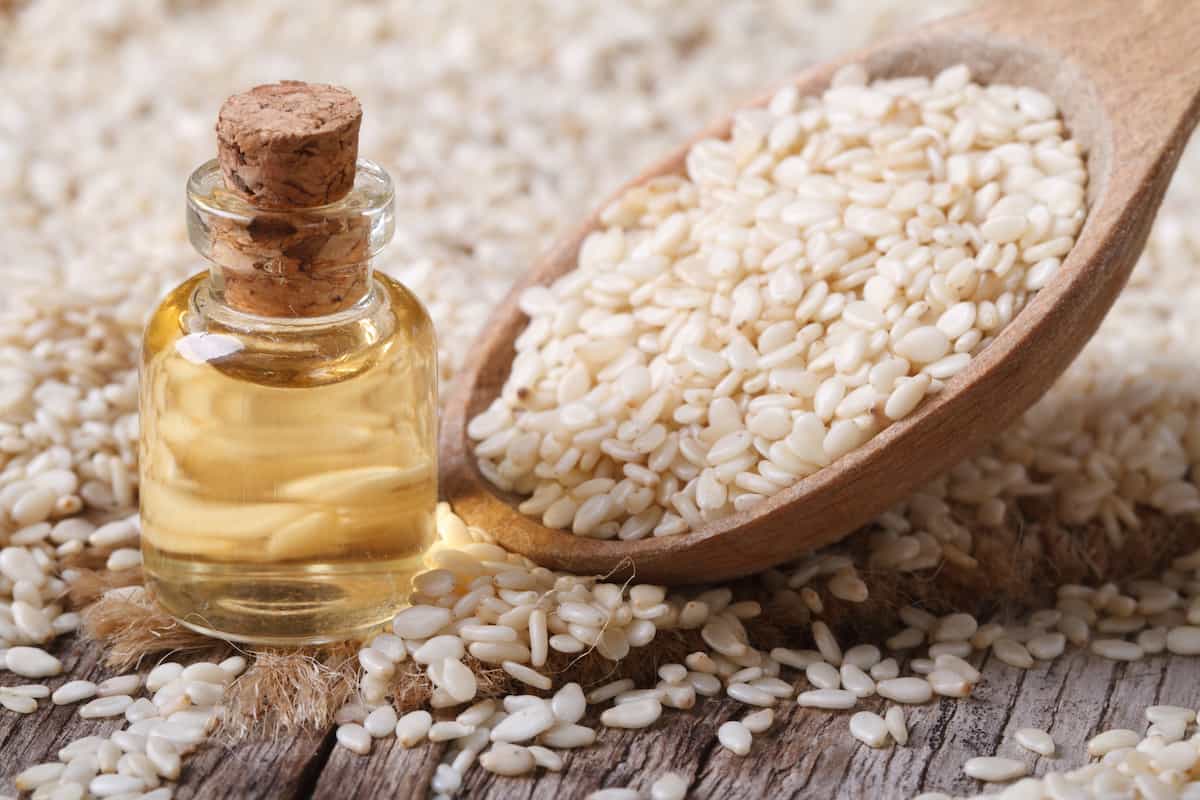

Articles
How To Store Sesame Oil
Modified: February 25, 2024
Learn the best methods for storing sesame oil in this informative article. Keep your sesame oil fresh and flavorful for longer with these tips.
(Many of the links in this article redirect to a specific reviewed product. Your purchase of these products through affiliate links helps to generate commission for Storables.com, at no extra cost. Learn more)
Introduction
Welcome to the world of sesame oil, a delicious and versatile cooking oil derived from the nutrient-rich sesame seeds. This golden elixir has been cherished for centuries due to its unique flavor and numerous health benefits. Whether you are a culinary enthusiast or just starting your journey in the kitchen, knowing how to store sesame oil properly is essential to maintain its quality and extend its shelf life.
In this article, we will guide you through the process of storing sesame oil to ensure that it stays fresh and flavorful for as long as possible. From understanding the different types of sesame oil to selecting the ideal storage container, we have you covered. So, let’s dive into the world of sesame oil and uncover the secrets to preserving its goodness!
Key Takeaways:
- Properly storing sesame oil is crucial to maintain its freshness and flavor. Choose a dark-colored, airtight container and store it in a cool, dry place away from heat and light to preserve its quality.
- Avoid common storage mistakes like exposure to light and improper sealing to ensure your sesame oil stays fresh. Use it judiciously as a finishing oil and combine with other oils for a balanced flavor profile.
Read more: How To Store Toasted Sesame Oil
Understanding Sesame Oil
Sesame oil is derived from sesame seeds, which are small, oval-shaped seeds that come from the Sesamum indicum plant. This ancient oil has been a staple in Asian cuisine for thousands of years and is widely used for its distinctive nutty flavor and aroma.
There are two main types of sesame oil: toasted sesame oil and untoasted sesame oil. Toasted sesame oil, also known as dark sesame oil, is made from roasted sesame seeds. It has a robust, rich flavor and is commonly used as a finishing oil or flavor enhancer in Asian dishes. Untoasted sesame oil, on the other hand, is made from raw sesame seeds and has a milder taste. It is often used as a cooking oil due to its high smoke point.
Both types of sesame oil have a high content of healthy fats, including monounsaturated and polyunsaturated fats. These fats are known to support heart health and can contribute to a well-balanced diet. Sesame oil is also a good source of vitamin E, an antioxidant that helps protect the body against free radicals.
Understanding the characteristics of sesame oil is essential for proper storage. The delicate flavors and nutrients of sesame oil can degrade over time if not stored correctly. That’s why it’s crucial to follow the right techniques to preserve its quality and extend its shelf life.
Now that we have a basic understanding of sesame oil, let’s move on to the next step: choosing the right container for storage.
Choosing the Right Container
When it comes to storing sesame oil, the container you choose plays a vital role in maintaining its freshness and quality. Here are some factors to consider when selecting a storage container:
- Material: Opt for a container made of dark-colored glass or food-grade plastic. These materials help minimize the exposure of sesame oil to light, which can degrade its flavor and nutritional value.
- Size: Choose a container that matches the quantity of sesame oil you typically use. It’s best to store sesame oil in smaller containers to minimize the amount of air exposure each time you open the bottle.
- Airtight Seal: Ensure that the container has a tight and secure seal to prevent air from entering and oxidizing the oil. This will help preserve the flavor and prevent the oil from going rancid.
It’s important to note that if you purchase sesame oil in a glass bottle, you can simply store it in its original packaging if it meets the above criteria. However, if your sesame oil comes in a plastic bottle or if you prefer to transfer it to a different container, follow these guidelines to ensure optimal storage conditions.
By choosing the right container, you are setting the foundation for proper sesame oil storage. Now let’s move on to the next crucial step: creating optimal storage conditions.
Optimal Storage Conditions
Properly storing sesame oil is a key factor in preserving its freshness and flavor. Here are the optimal storage conditions to keep in mind:
- Temperature: Sesame oil should be stored in a cool and dry place, away from direct heat sources such as stoves or sunlight. The ideal temperature range for storing sesame oil is between 50°F (10°C) and 70°F (21°C). Extreme temperatures can cause the oil to spoil quickly.
- Avoiding Moisture: Moisture is the enemy of sesame oil. It can lead to the proliferation of bacteria and spoilage. Therefore, it’s crucial to keep the storage area dry and free from humidity.
- Minimal Air Exposure: Exposure to air can accelerate the oxidation process of sesame oil, resulting in rancidity. Always tightly seal the container after each use to minimize air contact.
- Away from Strong Odors: Sesame oil has a delicate flavor that can easily absorb strong odors from other foods. Store it away from pungent spices, onions, garlic, and other strong-smelling ingredients to prevent cross-contamination.
By following these optimal storage conditions, you can ensure that your sesame oil retains its freshness and nutritional value for an extended period of time.
Now that we have covered the best storage practices, let’s explore some common mistakes to avoid when storing sesame oil.
Avoiding Common Mistakes
When it comes to storing sesame oil, there are some common mistakes that can lead to degradation in quality and flavor. Avoiding these mistakes will help ensure that your sesame oil stays fresh and enjoyable. Here are some key points to keep in mind:
- Exposure to Light: Light can cause the breakdown of the delicate compounds in sesame oil, leading to a loss of flavor and nutritional value. Always store sesame oil in a dark-colored container or a cabinet to protect it from light exposure.
- Improper Sealing: Failing to tightly seal the container after use can expose sesame oil to air, leading to oxidation and rancidity. Always make sure to securely seal the container to minimize air contact.
- Storing Near Heat Sources: Heat can accelerate the spoilage process of sesame oil. Avoid storing it near stoves, ovens, or any other heat-emitting appliances. Instead, choose a cool and dry location in your kitchen.
- Using Contaminated Utensils: When handling sesame oil, make sure to use clean and dry utensils. Contamination from water, food particles, or other substances can introduce bacteria and compromise the quality of the oil.
- Not Checking for Spoilage: It’s important to regularly check your sesame oil for signs of spoilage, such as a rancid smell, off-flavor, or changes in color and consistency. If you notice any of these signs, it’s best to discard the oil and get a fresh bottle.
By avoiding these common mistakes, you can ensure that your sesame oil retains its freshness and flavor for a longer period of time. Now let’s discuss the shelf life of sesame oil and how to identify if it has gone bad.
Store sesame oil in a cool, dark place away from direct sunlight and heat sources. Make sure the bottle is tightly sealed to prevent oxidation and spoilage. Refrigeration can also help extend its shelf life.
Read more: How To Store Sesame Oil After Opening
Shelf Life of Sesame Oil
The shelf life of sesame oil can vary depending on several factors, including the type of sesame oil and how it is stored. Generally, both toasted and untoasted sesame oil have a relatively long shelf life compared to other cooking oils.
Untoasted sesame oil, also known as light sesame oil, can typically last up to one year when stored properly. On the other hand, toasted sesame oil, with its stronger flavor and aroma, has a slightly shorter shelf life of around six to nine months.
It’s important to note that these are general guidelines, and the shelf life can vary depending on the quality of the oil and the storage conditions. Following the optimal storage conditions mentioned earlier will help extend the shelf life and maintain the quality of your sesame oil.
As sesame oil ages, it may start to lose its flavor and aroma. This doesn’t necessarily mean that the oil is spoiled, but it might not offer the same taste experience. If you notice a significant change in flavor, it’s a good indication that the oil is past its prime and it’s time to replace it.
Now let’s delve into how you can identify if your sesame oil has gone bad and is no longer suitable for consumption.
Signs of Spoiled Sesame Oil
Sesame oil, like any other cooking oil, can spoil over time. It’s important to be able to recognize the signs of spoilage, as consuming spoiled sesame oil can lead to an unpleasant taste and potential health risks. Here are some common signs that your sesame oil has gone bad:
- Rancid Smell: One of the first indicators of spoiled sesame oil is a strong, unpleasant odor. If you notice a musty or rancid smell coming from the oil, it is a clear sign that it has degraded and should not be used.
- Off-Flavor: Spoiled sesame oil will have an off-putting taste that is significantly different from its fresh, nutty flavor. If you notice a bitter or sour taste, it’s best to discard the oil.
- Changes in Color: Fresh sesame oil has a golden or amber color. If you observe a darkening or cloudiness in the oil, it may be an indication of spoilage.
- Presence of Sediment: Another sign of spoiled sesame oil is the presence of sediment or particles floating in the oil. This could be a result of contaminants or microbial growth.
- Unusual Consistency: Spoiled sesame oil may have a thick, sticky texture or become clumpy. If you notice any changes in the consistency of the oil, it is best to err on the side of caution and dispose of it.
If you come across any of these signs in your sesame oil, it’s important to discard it and replace it with a fresh bottle. Using spoiled oil can impact the taste and quality of your dishes and may even pose health risks.
Now that we have covered the signs of spoiled sesame oil, let’s move on to proper usage and handling techniques to ensure the best culinary experience.
Proper Usage and Handling
To make the most of your sesame oil and ensure a delightful culinary experience, it’s important to use and handle it correctly. Here are some tips for proper usage and handling:
- Measure Carefully: Sesame oil has a strong flavor, so it’s important to use it judiciously in your recipes. Start with small amounts and adjust to taste, as a little goes a long way.
- Use as a Finishing Oil: Unleash the full flavor of sesame oil by using it as a finishing touch. Add a drizzle of sesame oil to your stir-fries, noodles, salads, or even soups just before serving to enhance the dish with its rich, nutty notes.
- Store Away from Heat: After each use, make sure to securely seal the container and store it in a cool, dry place away from heat sources. This will help prevent the oil from deteriorating quickly.
- Avoid Reheating: Sesame oil has a low smoke point, which means it can burn easily at high temperatures. Avoid reheating dishes that contain sesame oil to preserve its delicate flavors. Instead, add a small amount of fresh oil when serving.
- Combine with Other Oils: To balance the flavors in your cooking, consider combining sesame oil with other cooking oils, such as vegetable or canola oil. This can create a harmonious blend of flavors while still enjoying the unique characteristics of sesame oil.
By using sesame oil in moderation and treating it with care, you can elevate your dishes and savor its distinct flavors. Now, let’s wrap up our article on storing sesame oil.
Conclusion
Sesame oil is a prized cooking oil known for its unique flavor and numerous health benefits. By following the proper techniques for storing sesame oil, you can ensure that it remains fresh, flavorful, and packed with nutrients.
When storing sesame oil, choose a container made of dark-colored glass or food-grade plastic, ensuring it has a tight seal to minimize air exposure. Store the oil in a cool, dry place away from direct heat and light, and keep it separate from strong-smelling ingredients to prevent flavor contamination.
Remember to avoid common storage mistakes, such as exposure to light, improper sealing, storing near heat sources, using contaminated utensils, and not checking for spoilage. Pay attention to signs of spoilage, including a rancid smell, off-flavor, changes in color, presence of sediment, or unusual consistency.
Use sesame oil judiciously as a finishing oil, as its robust flavor adds a delightful touch to a variety of dishes. Store the oil away from heat, avoid reheating, and consider combining it with other oils for a balanced flavor profile.
By following these guidelines and showing proper care in usage and handling, you can extend the shelf life of your sesame oil and enjoy its rich taste and nutritional benefits for a longer period of time.
So, go ahead and explore the culinary wonders of sesame oil, knowing that you have the knowledge to store it correctly to preserve its quality and enhance your cooking experience!
Frequently Asked Questions about How To Store Sesame Oil
Was this page helpful?
At Storables.com, we guarantee accurate and reliable information. Our content, validated by Expert Board Contributors, is crafted following stringent Editorial Policies. We're committed to providing you with well-researched, expert-backed insights for all your informational needs.
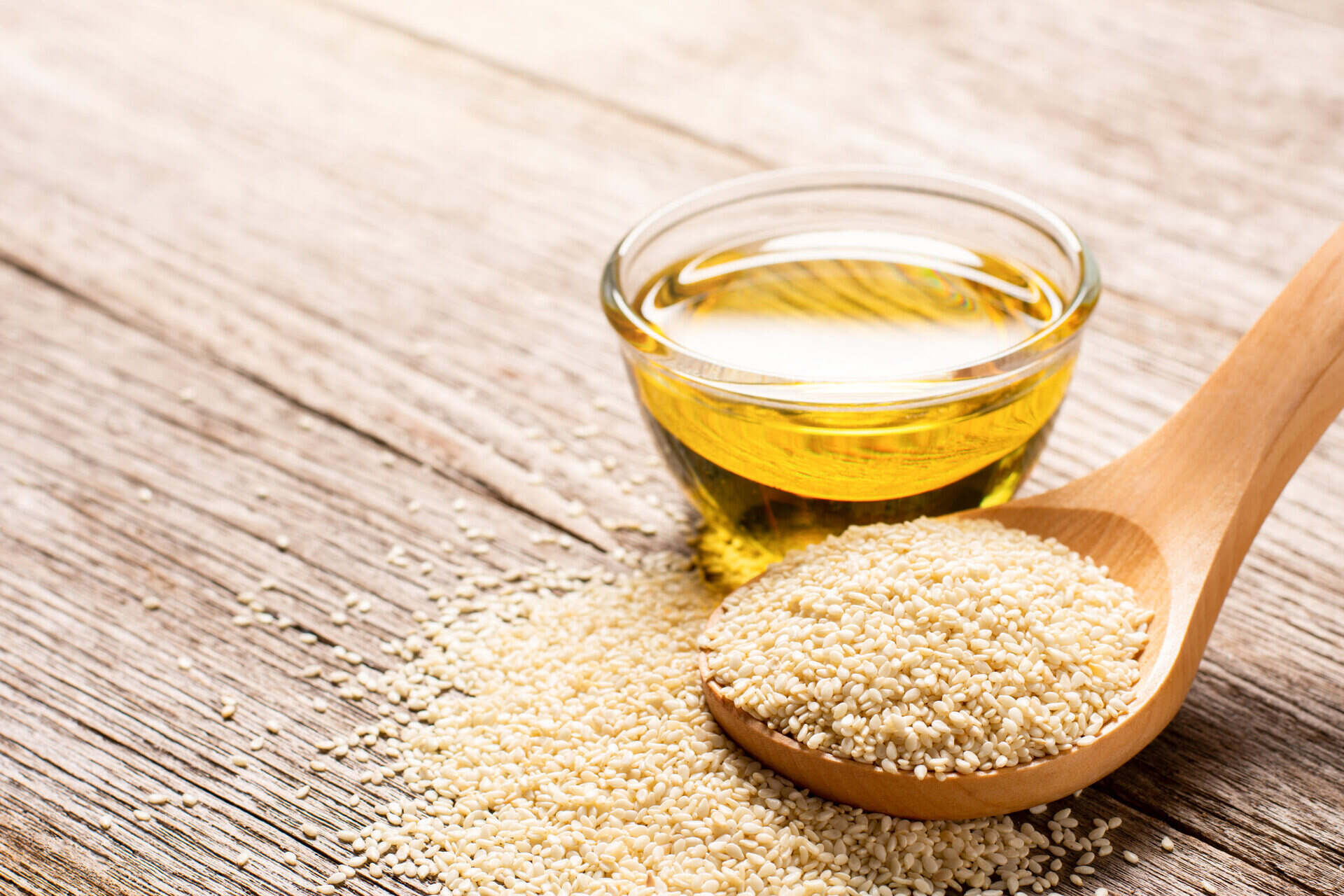

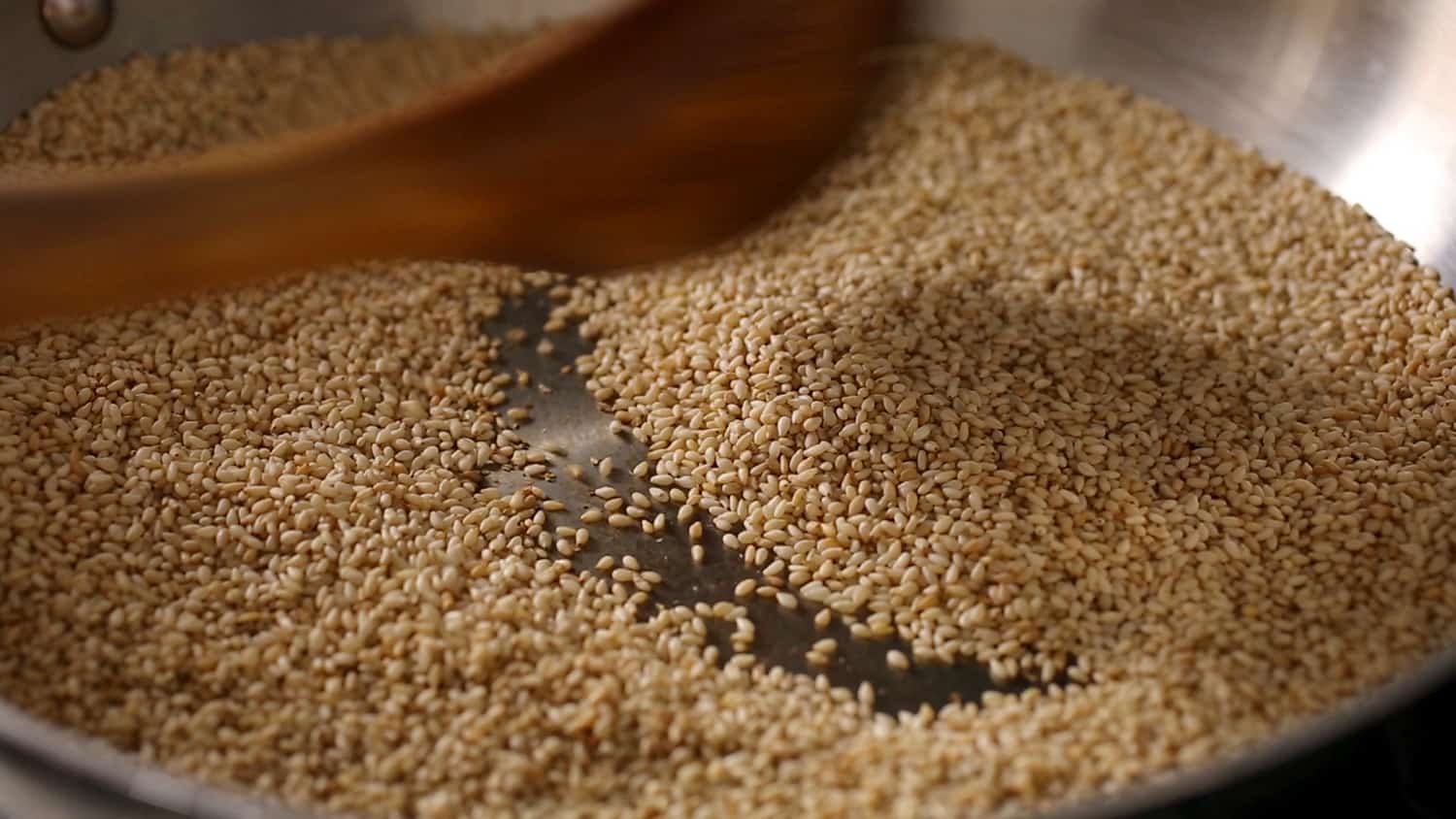
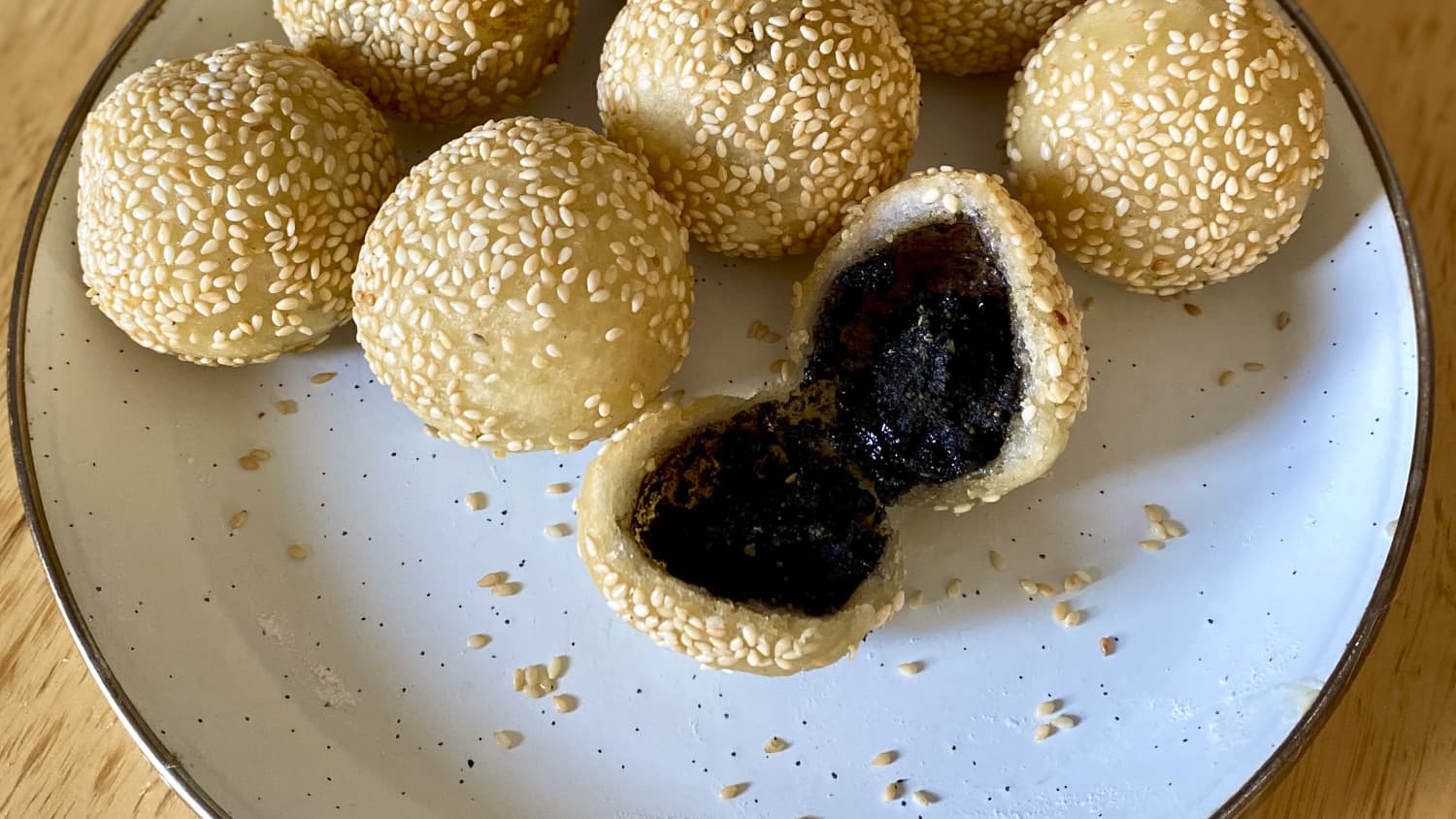

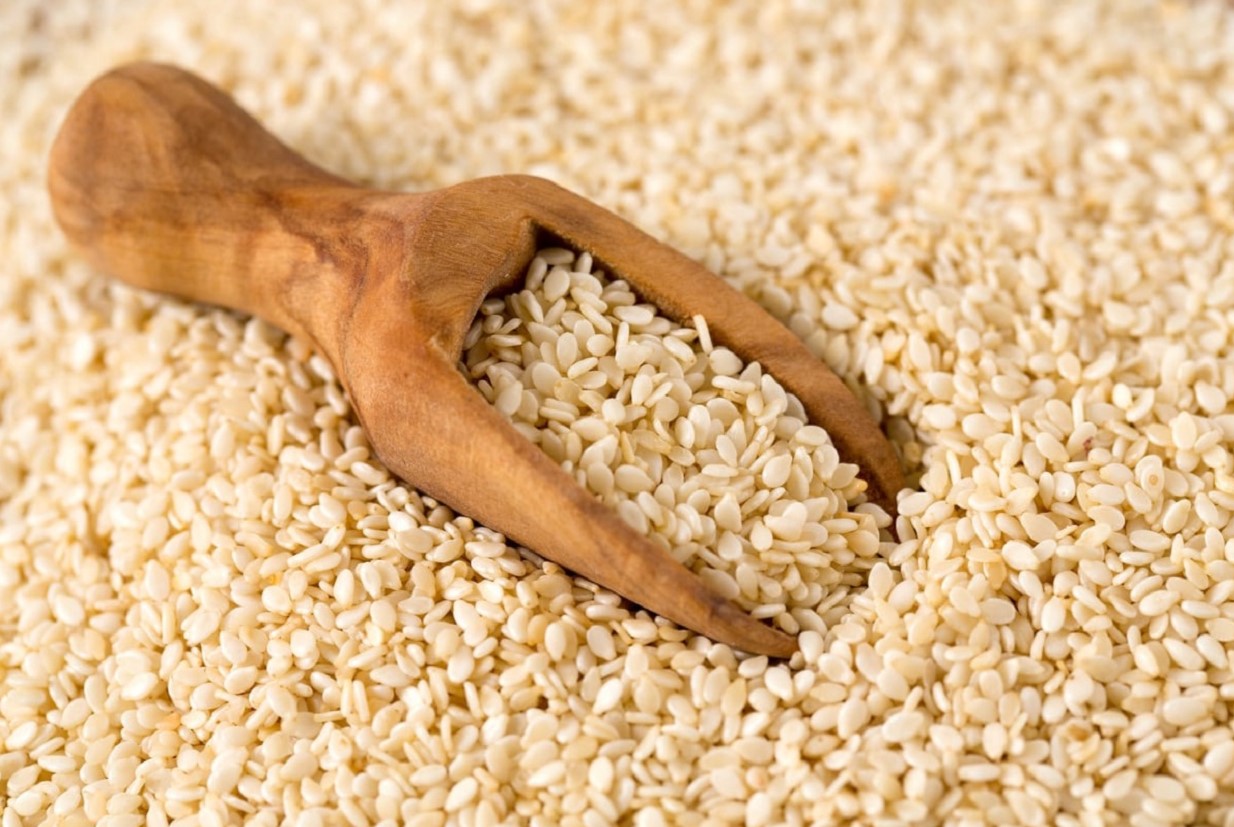
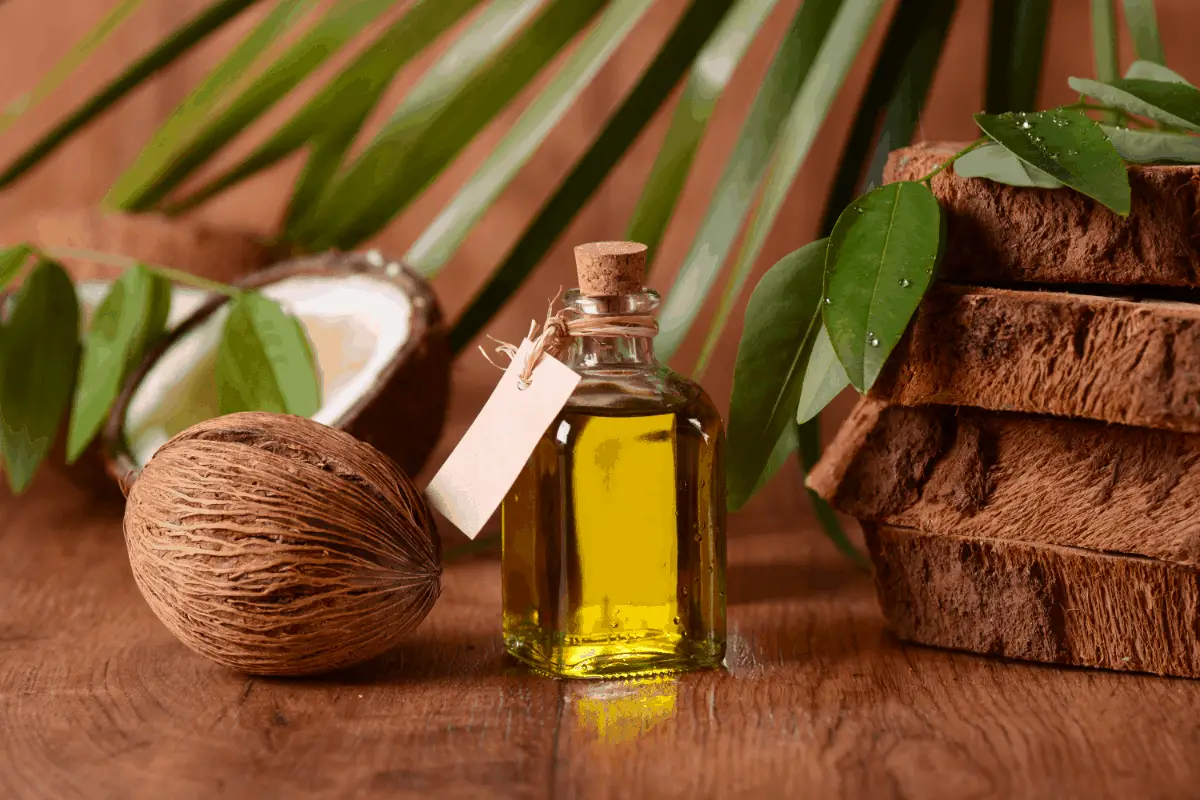





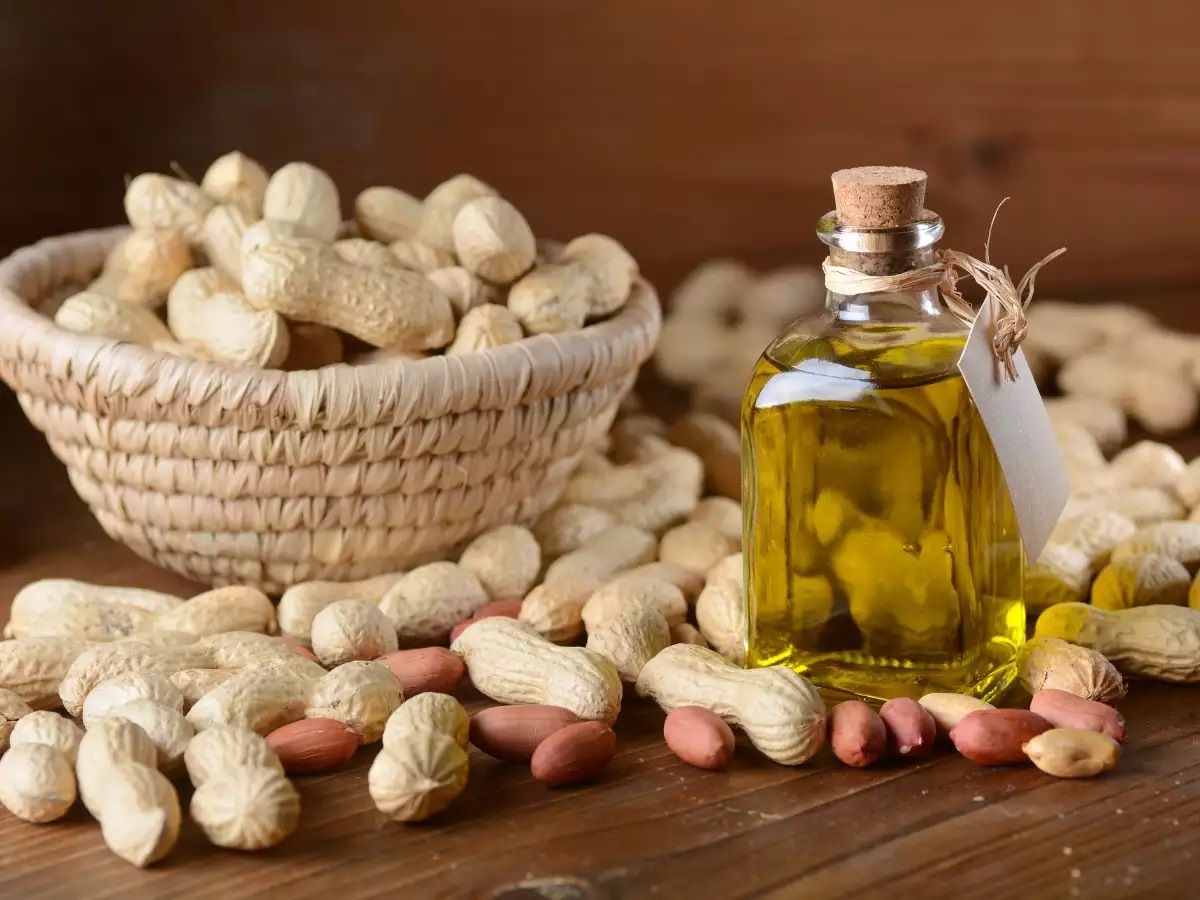


0 thoughts on “How To Store Sesame Oil”